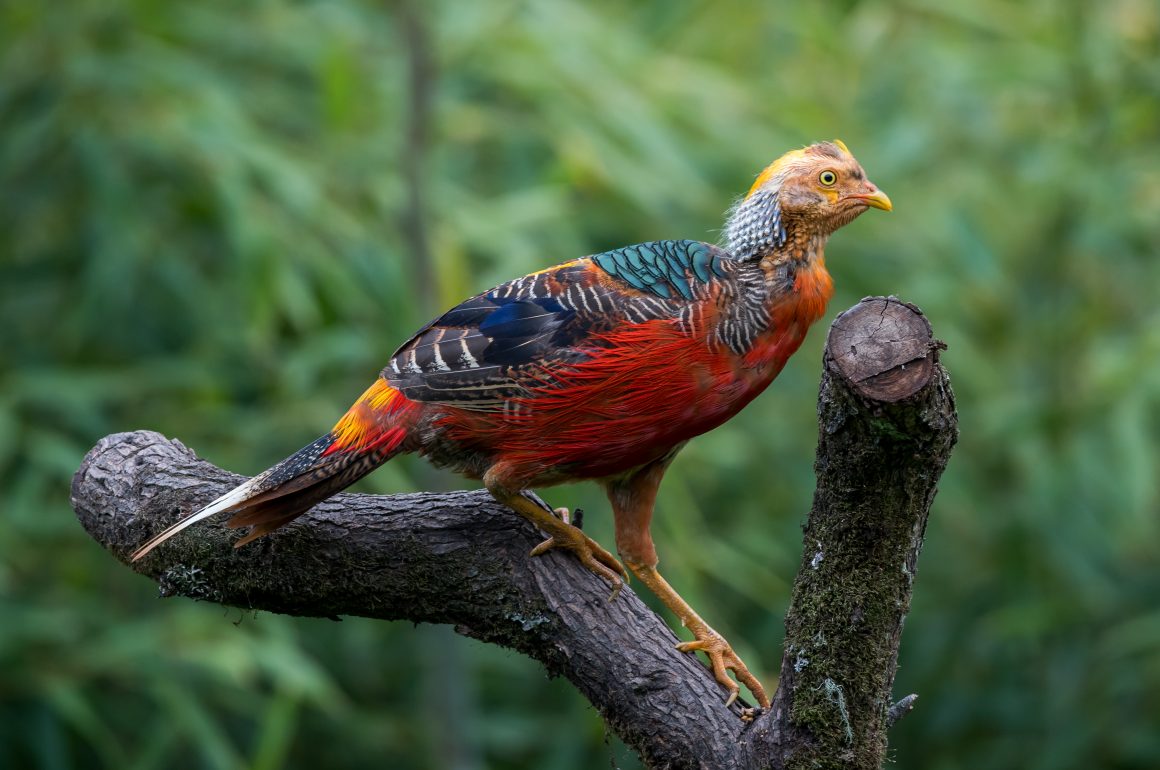
With travel restrictions still in place, going on a birding trip outside of China is still not a practical option. Fortunately, China itself has a large number of bird species and habitats. According to a Wikipedia entry, China has 1413 bird species – though strangely, another list found online, purportedly based on Birdlife International, claims only 1288 species. Anyway, even this lower number puts China at rank 8 in the list of countries with the most bird species, surpassed only by Indonesia outside of the usual suspects in South America.
And so I boarded a plane to Chengdu, the capital of Sichuan province, starting a two-week birding trip focusing on the Sichuan part of the Tibetan plateau, and on the many bird species there that rarely or never make it to coastal Shanghai.
The first stop was Wolongshan, a place known more for its giant pandas than its birds. I do not mind pandas much as long as they do not stand in front of interesting birds, blocking my view, so this was not really an obstacle. Many of the pandas are kept in a kind of zoo in Wolongshan – ironically, the government apparently first asked local farmers to plant bamboo (to be fed to the pandas in the zoo) but later prohibited them from cutting down the bamboo (as it might be used as food by wild pandas).
However, in a way, this makes sense – the whole region lives off their pandas and the tourism they bring (domestic tourism within China is actually already quite strong again). In fact, one of my more depressing thoughts of the trip was that there are probably at least 100 times more life-size plastic, stone, and wood pandas in Sichuan than live ones. Capitalism with Chinese characteristics.
A tiny little voice in mind – sounding a bit like my mother’s – tries to remind me that this is a birding blog. Well, yes.
I am not usually very fond of pheasants – too showy. That applies to a particularly high degree to the Golden Pheasant, with the male basically looking like the cover of a box of color crayons. Still, I decided to spend some time at a pheasant hide set up by locals in order to attract people like me. Much to my delight, the sole Golden Pheasant showing up was a rather scruffy-looking juvenile male. It has almost all the individual characteristics of an adult male (except for the really long tail), but put together in a way that leaves many gaps and scrappy patches. Makes for an overall rather desperate look that is rather appealing to me.
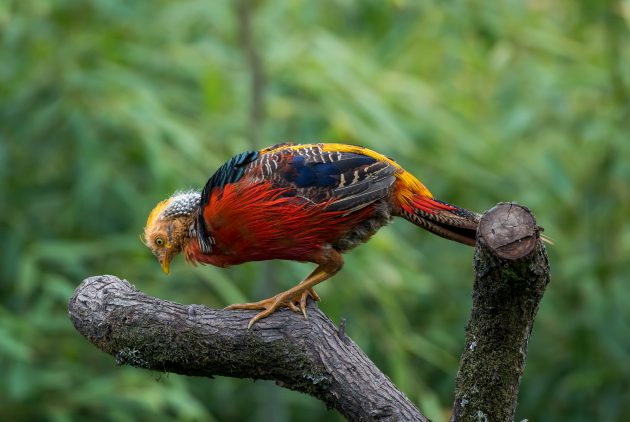
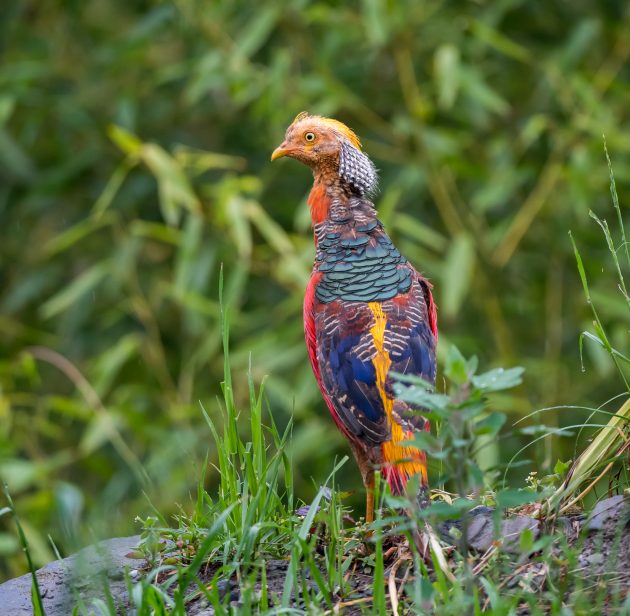
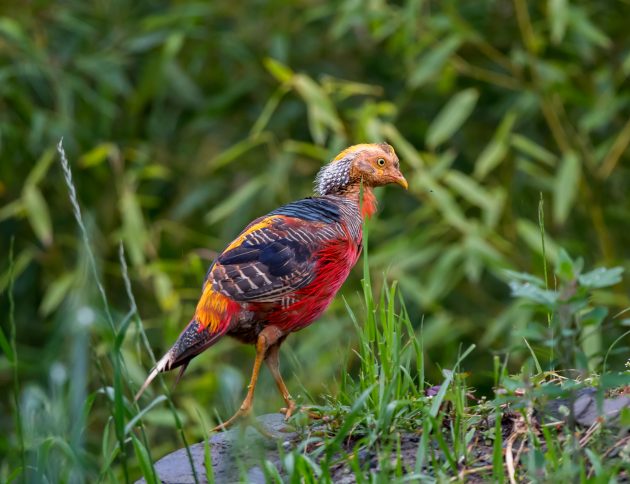
Later, I also saw a female on the roadside – rather less flashy and presumably much less impressed by the juvenile male than me.
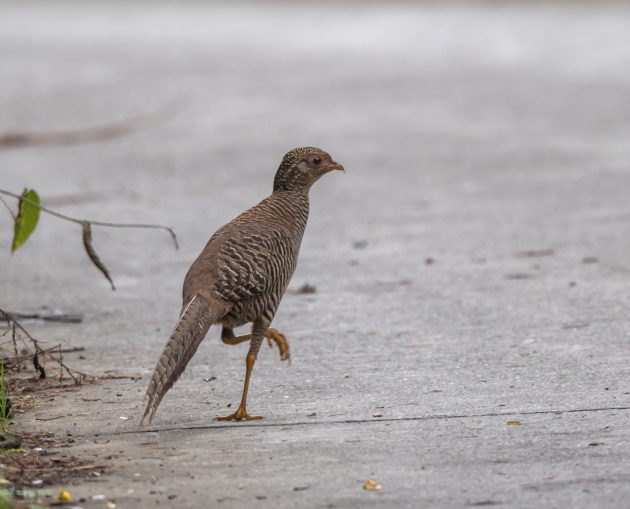
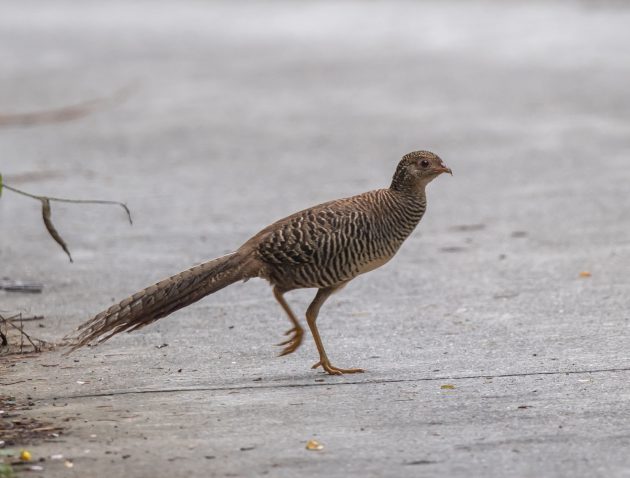
Another time, I even saw some chicks.
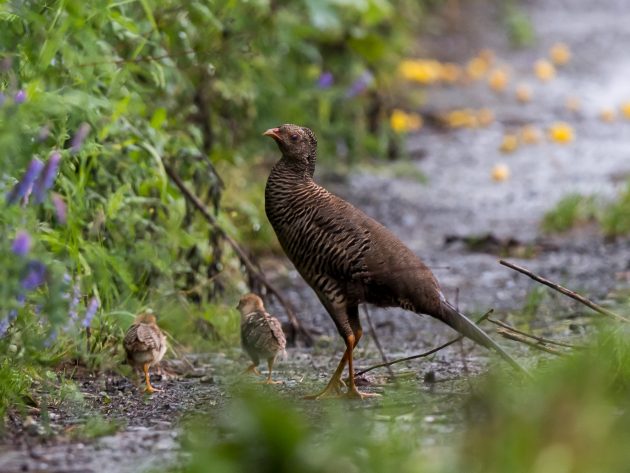
I also met with an old friend, the Collared Finchbill. I guess it is pretty common in many areas of China, but not in Shanghai, so it is still a special bird for me.
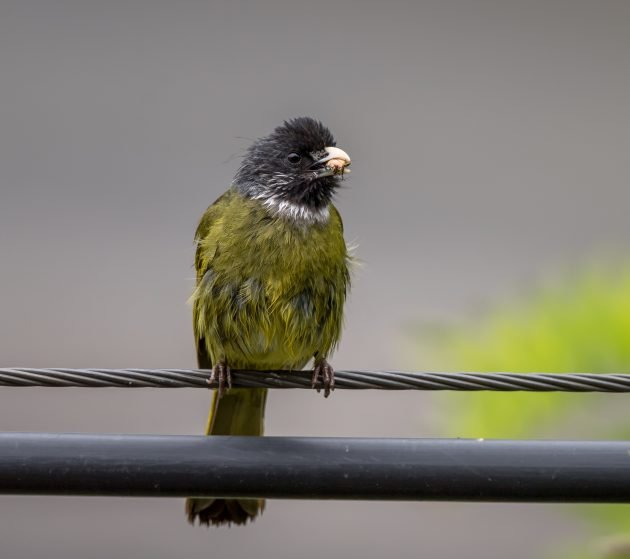
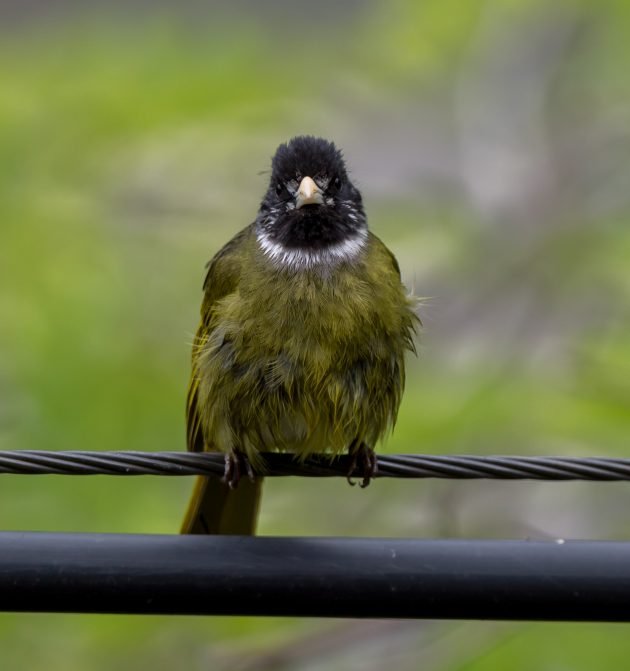
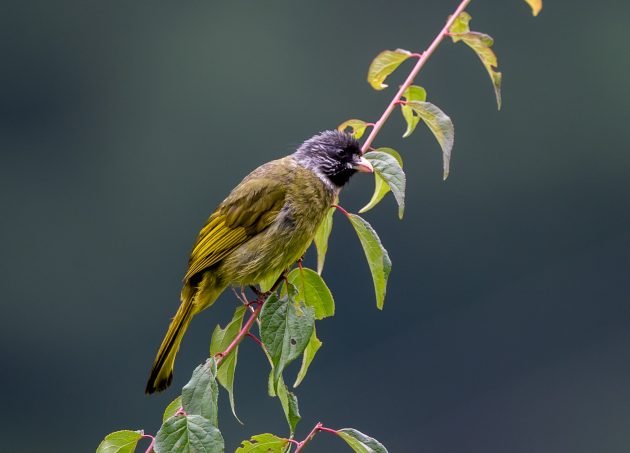
If you want to get hypnotized by a bird, the Chinese Babax seems to be a good candidate. Like the Collared Finchbill, they seem to like living near farms.
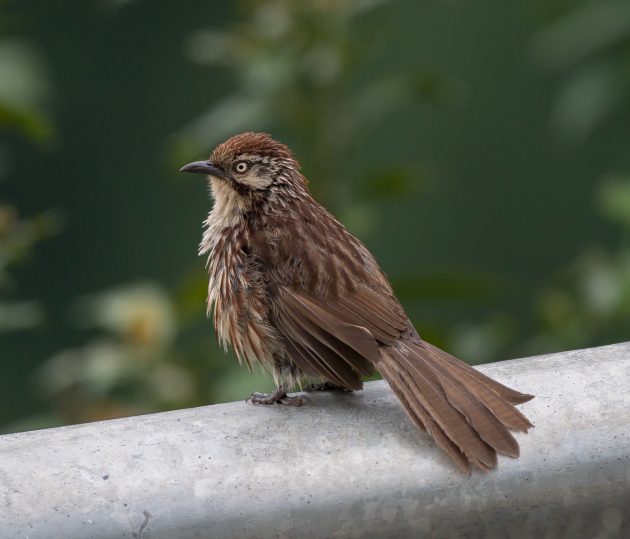
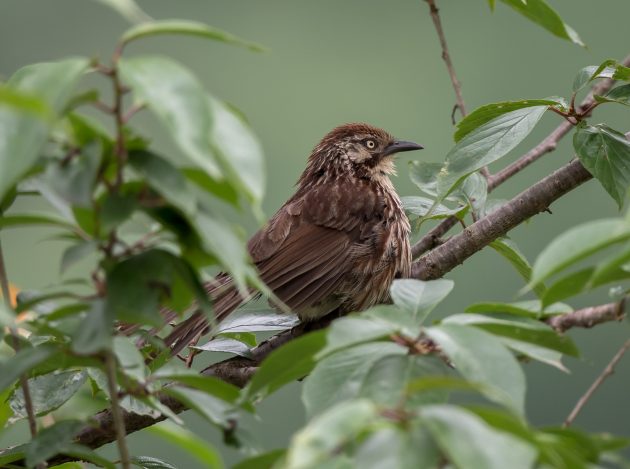
The common local tit here at Wolongshan is the Green-backed Tit. The first two photos were actually taken right from my hotel room. Bird photography for extremely lazy people.
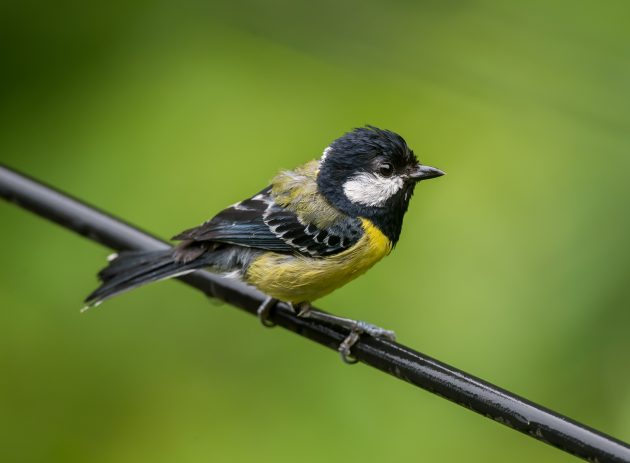
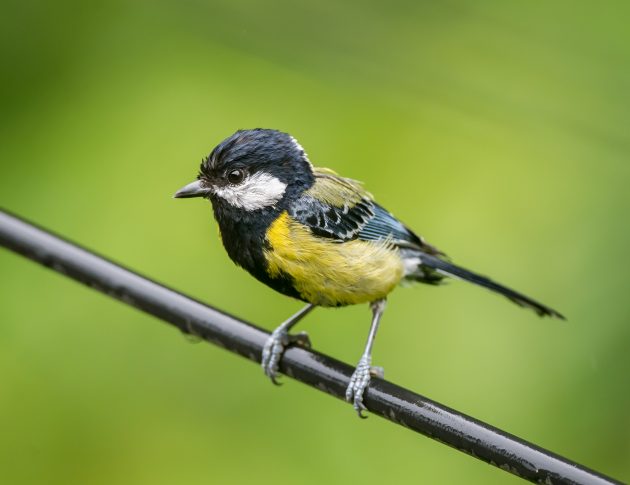
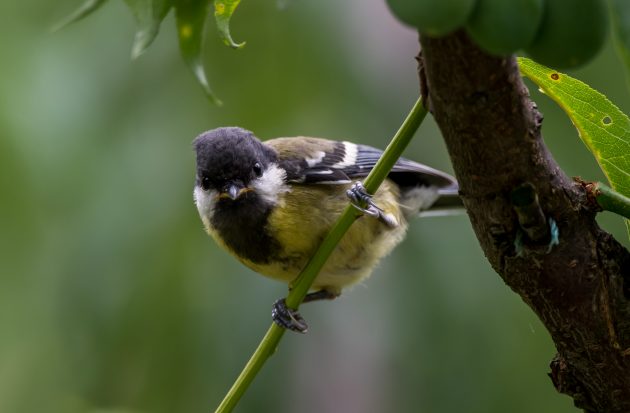
Another species seen directly from my room was the Marten’s Warbler. This is one of a group of basically visibly undistinguishable warblers, with even eBird admitting that this is “a bright and attractive small warbler with many virtually identical relatives”. Still, its call (and the fact that eBird lists from this location suggested its presence here) allowed a mediocre birder like me to identify it fairly safely. At least, this warbler looks a bit more interesting than the other group of indistinguishable warblers in China, the various leaf warblers (which I decided to boycott in this blog post despite them also being present at Wolongshan – sometimes one simply has to take a stand against what is wrong in this world).
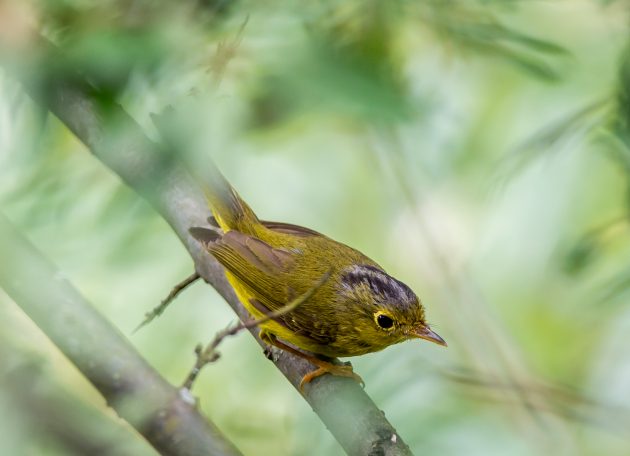
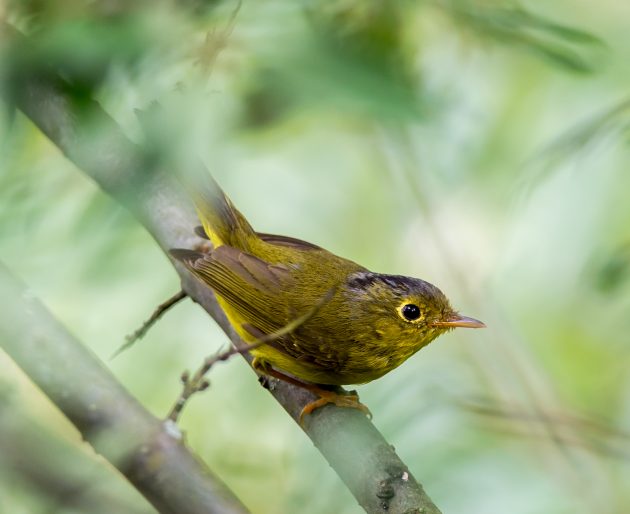
One of my target species for the trip was Indian Blue Robin. Despite its preference for moving around a lot and generally staying in the deepest bushes behind as many branches as possible, it turned out to be well worth chasing for a photo.
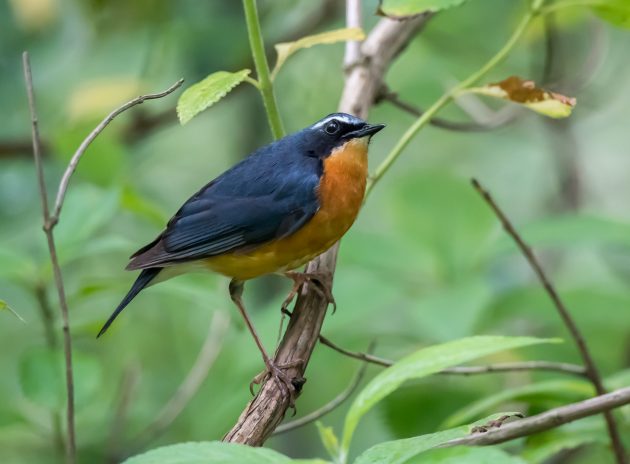
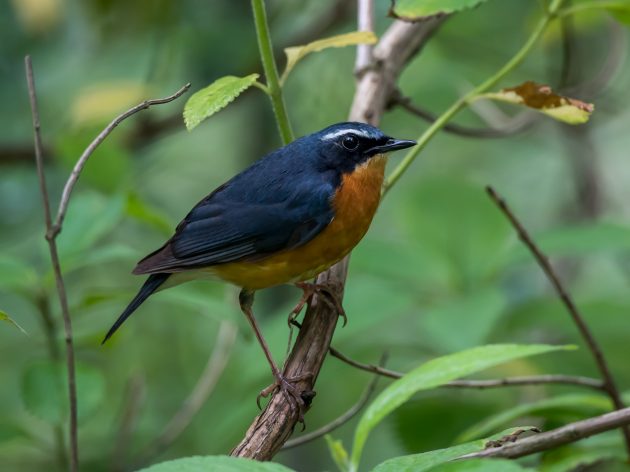
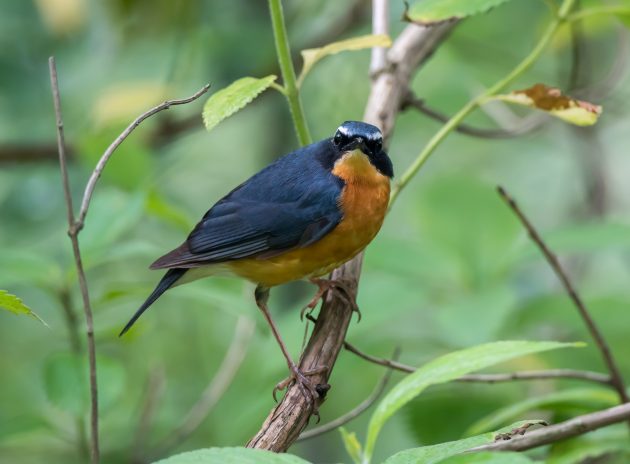
If you are desperate to get hypnotized and there is no Chinese Babax at hand, an Elliott’s Laughingthrush may serve as an alternative. Not quite as penetrating a gaze, but more attractive colors …
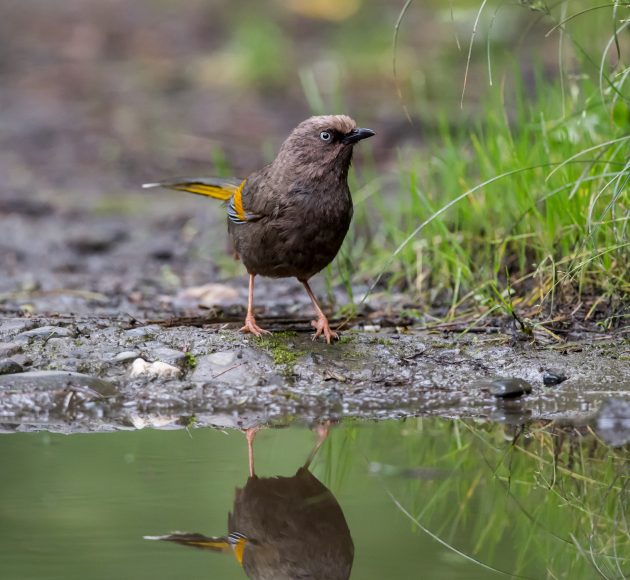
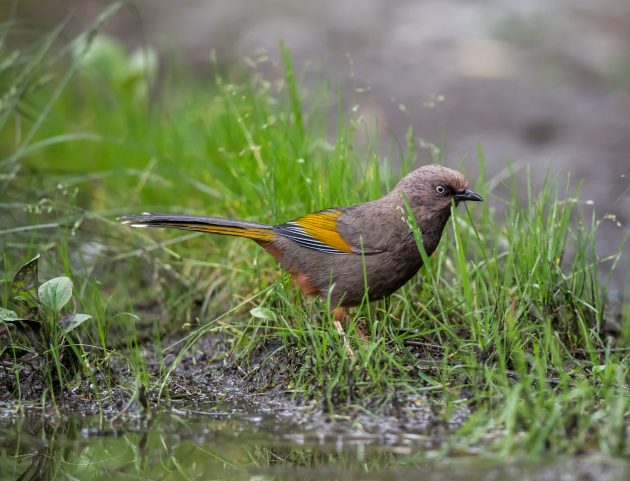
… though of course still somewhat dull compared to a male Ms. Gould’s Sunbird.
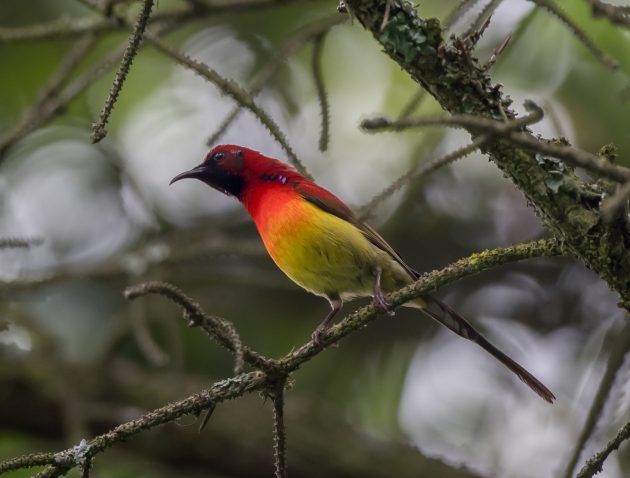
I decided to finally look up the story behind the bird’s name – I was kind of worried some 18th-century amateur scientist had decided to name the bird after his beloved wife after she died in childbirth while praising the Lord’s name. It turns out this is not the case – a relief:
“Elizabeth Gould illustrated several major works of natural history, including Charles Darwin’s famous Voyage of the Beagle. Her husband, John Gould, was a famous ornithologist. The bird was deliberately named Mrs Gould’s Sunbird to make clear it was named after the artist and not her husband (source).”
The local shrike here is the Grey-backed Shrike. A somewhat less colorful character than our Shanghai Long-tailed Shrike, with less variety in calls and songs and less boastful behavior, but then I may be biased.
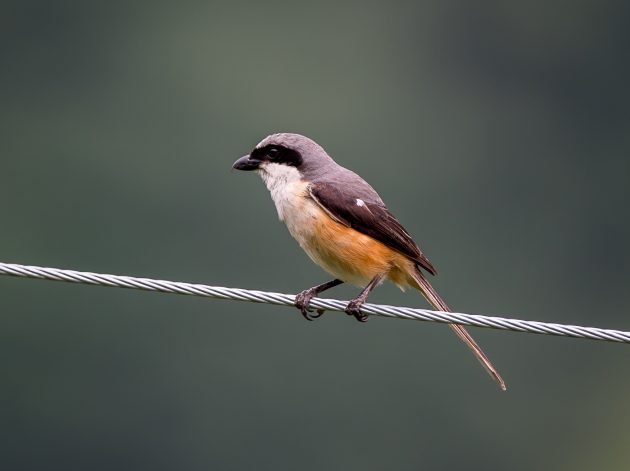
A Verditer Flycatcher made a brief appearance on a wire – a juvenile, I guess, as it stared at me rather than trying to start a conversation about the merits of German cars.
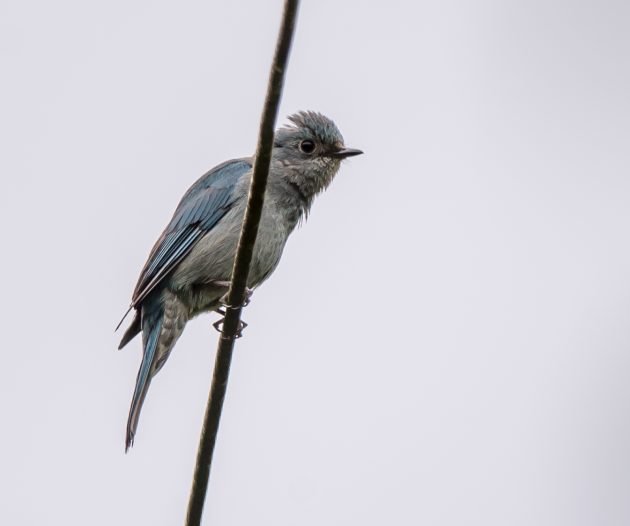
Then there were several smallish flocks of Red-billed Blue Magpies. The juveniles, trying to distance themselves from their presumably rather embarrassing parents, do this by sporting yellow, not red bills.
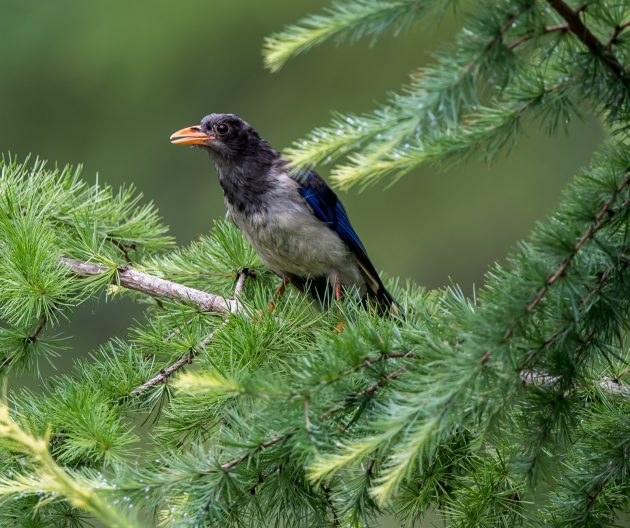
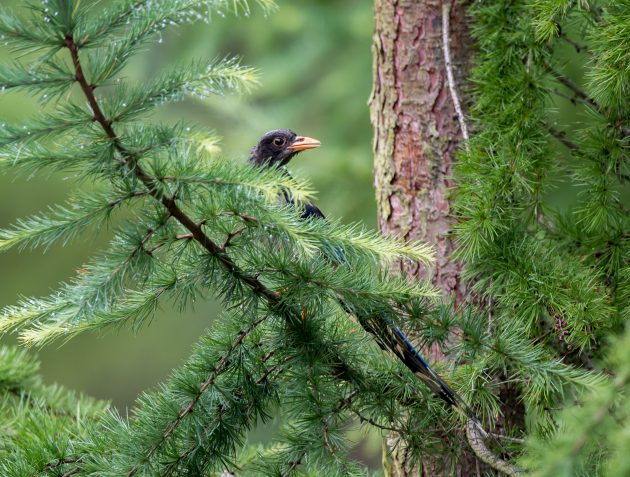
Only two other bird species showed up at the pheasant hide, besides the scruffy juvenile male: Oriental Turtle Doves (which despite my limited appreciation of doves and pigeons, actually look kind of ok) …
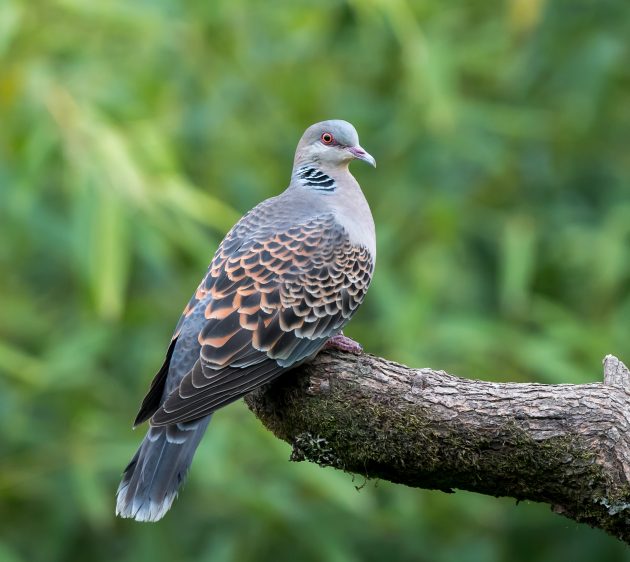
… and Grey Bushchat.
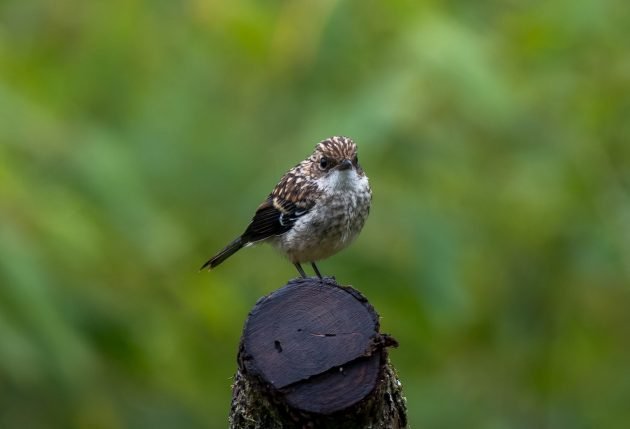
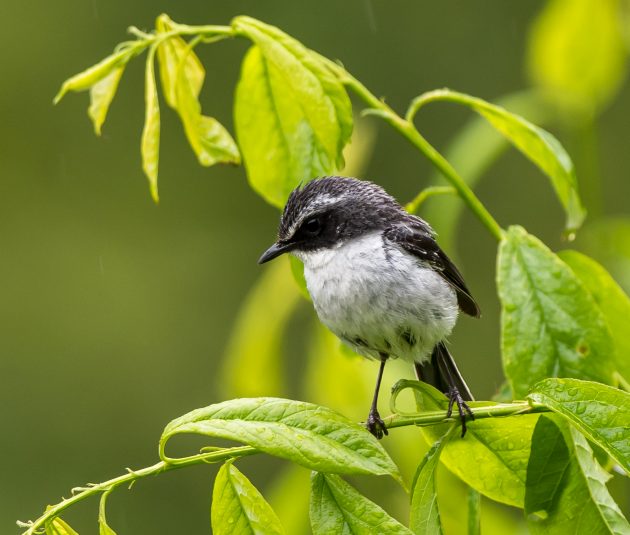
Besides the attractive Collared Finchbill, bulbuls around here are primarily represented by the Brown-breasted Bulbul …
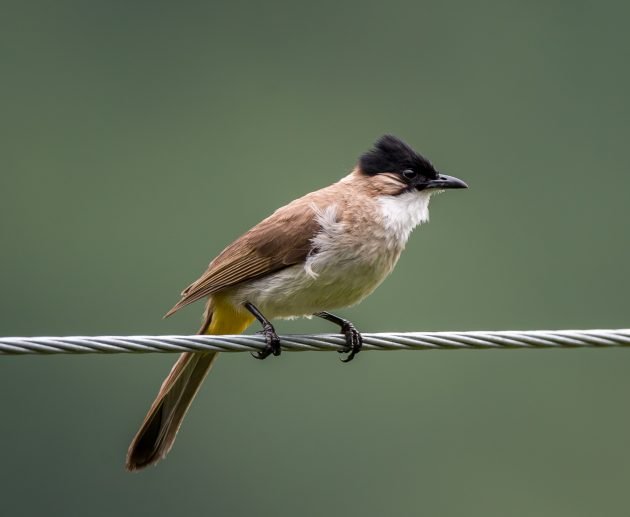
… which eBird rather heartlessly describes as a “large dull bulbul”. Take that, bulbul!
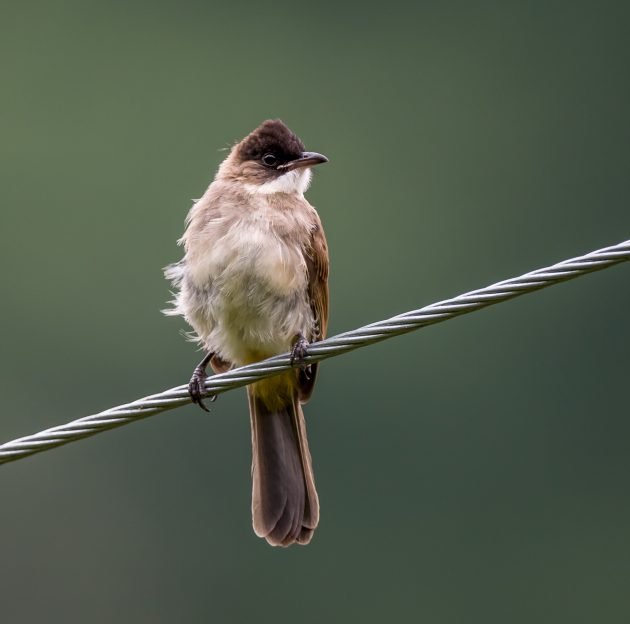
Similar colors, more attractive bird: White-collared Yuhina. Proof that design matters.
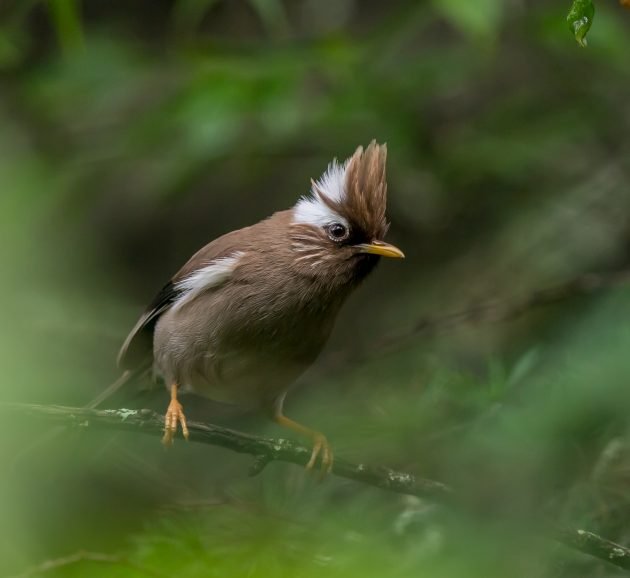
Note: This trip was made with Alpinebirding, a Chinese tour company with very knowledgeable, English-speaking, and friendly guides – highly recommended to overseas birders. See my report on Tripadvisor if interested.











Hello Kai, I really enjoyed your blog this week. Fantastic photos and great descriptions (I laughed out loud at your reason for looking up the naming of Mrs. Gould’s Sunbird). I learned something new thanks to your blog. Actually, several new things …. all those beautiful birds! I also looked up Mrs. Gould and what a fine illustrator she was. Thanks for the education!